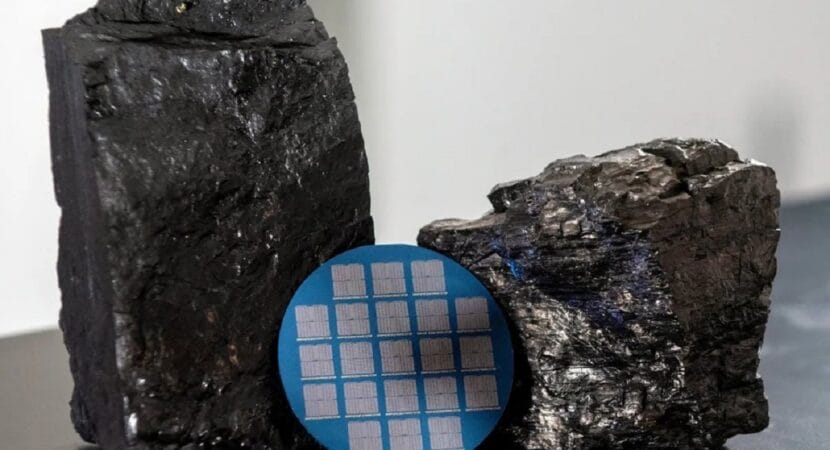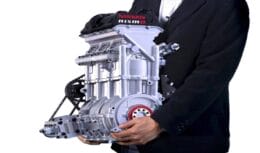
Scientists innovate by incorporating coal into electronics, creating next-generation devices with surprising advantages.
Carbon, the basis of life on Earth, is gaining prominence in the world of electronics. An example of this is the graphene, a sheet composed of a single layer of carbon atoms, and graphite, an infinite cluster of graphene sheets, which can explain many of the behaviors of this material. Its easily sliding sheets explain how pencil lead spreads smoothly on paper and its function as an excellent lubricant. Now, Researchers are exploring the use of coal in electronics to create futuristic devices.
Understand how coal works in electronics and its importance
Coal, despite also being made up mainly of carbon, is something totally different. This material is a shapeless mass of carbon without any structure and full of other contaminating elements.
To get an idea, just remember that coal and graphite are mineralologically different species. It is even possible to make charcoal graphite, however, the work and final quality are not worth it. In this way, the researcher Fufei An and colleagues from the University of Illinois Urbana Champaign, in the United States, have managed to produce electronic components for next-generation devices using only coal.
According to Professor Qing Cao, coal is generally considered bulky and dirty, however, the processing techniques they have developed can transform it into high-purity materials just a few atoms thick.
The professor explains that their unique atomic structures and properties are ideal for producing some of the smallest electronic components possible, with performance superior to the state of the art.
Process carried out by researchers to use coal in electronics
The process developed by the team to use carbon in electronics first converts the material into nanoscale carbon discs called carbon dots, which can be connected to form atomically thin membranes.
And these membranes are perfect to function as two-dimensional transistors and even as memoristors, the artificial neurons of the growing neuromorphic computing, which imitates the human brain. In the search for smaller, faster and more efficient devices in electronics, the definitive step will be components developed with materials just one or two atoms thick.
Although ultrathin semiconductors have been extensively studied, it is also necessary to have atomically thin insulators, materials that block the passage of electrical current, to develop transistors and memoristors.
In practice, what the researchers did was demonstrate that atomically thin layers of carbon, with disordered atomic structures, can function as an excellent insulator for the construction of two-dimensional electronic components. These carbon layers are formed from carbon dots derived from coal. .
According to Cao, it is actually very exciting, given that this is the first time that coal, something that is considered low technology, is directly linked to the cutting edge of microelectronics.
Coal in electronics can be twice as fast
The researchers used carbon layers derived from coal as the gate dielectric in two-dimensional transistors built with the semimetal graphene and with the semiconductor molybdenite (molybdenum disulfide), achieving an operating speed more than twice as fast and with lower energy consumption.
Like other atomically thin materials, carbon layers derived from coal do not have “dangling bonds,” electrons that are not associated with a chemical bond.
These sites, which are abundant on the surface of conventional three-dimensional insulators, alter their electrical properties, effectively functioning as traps, slowing down the transport of electrical charges and, thus, the switching speed of the transistor.
However, unlike other atomically thin materials, the new carbon layers derived from coal are amorphous, which means that they do not have a regular crystalline structure and therefore do not have boundaries between different crystalline regions that serve as conduction paths that lead to leakage, where unwanted electrical currents flow through the insulator and cause substantial additional power consumption during component operations.












